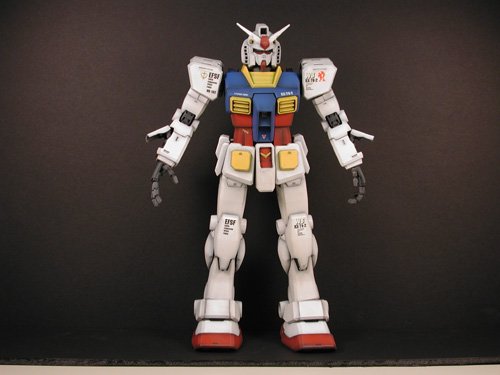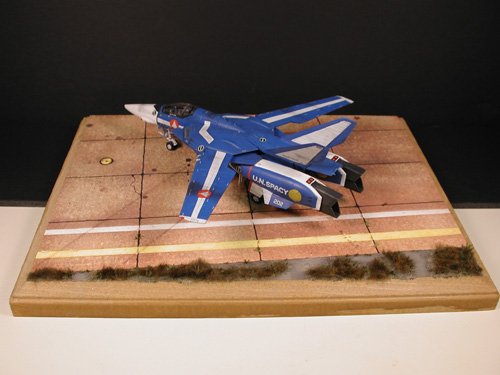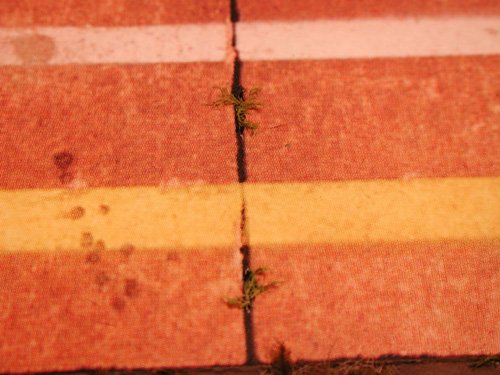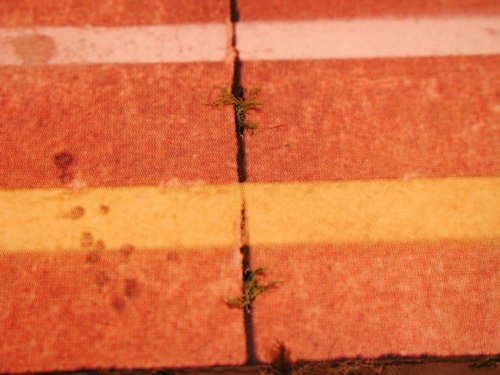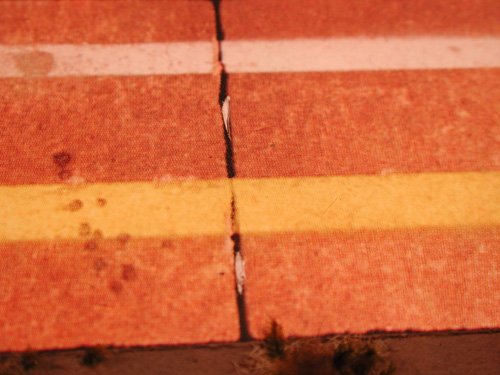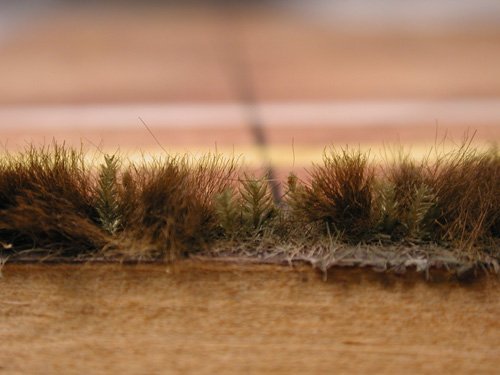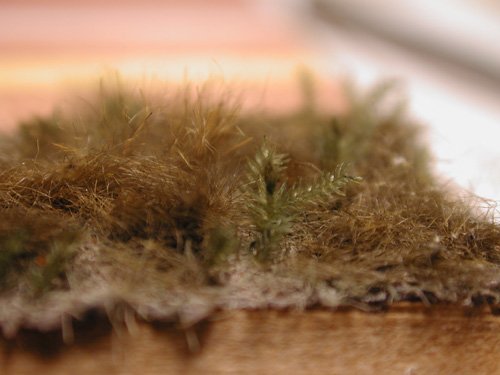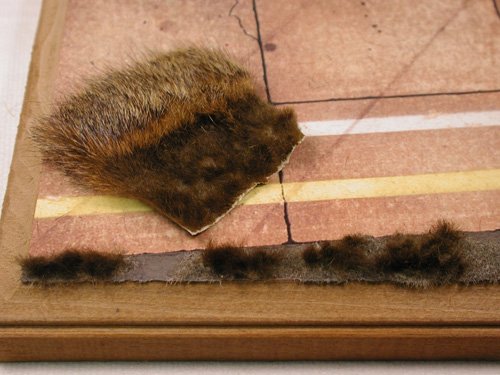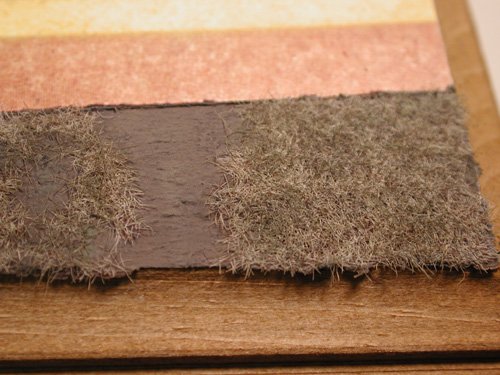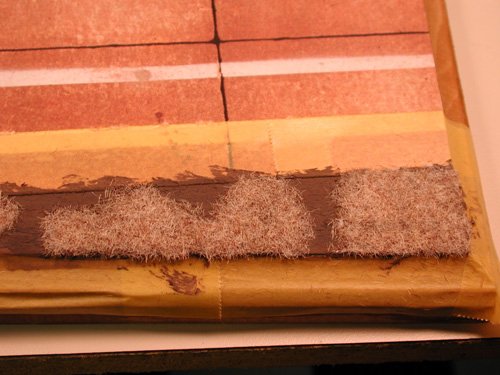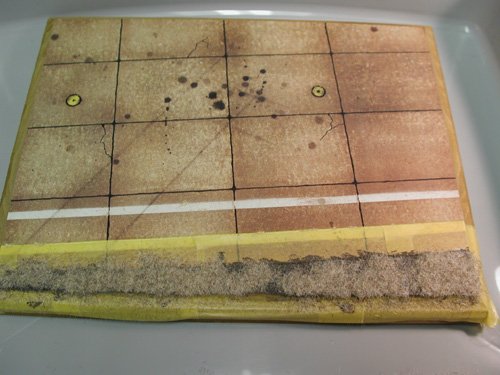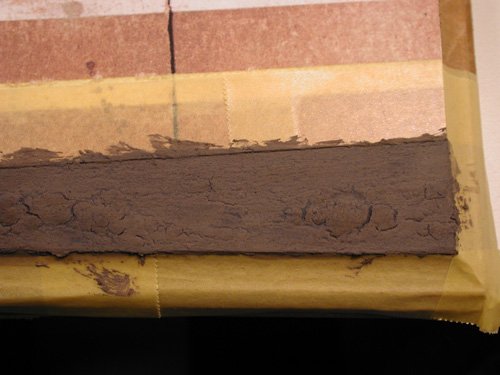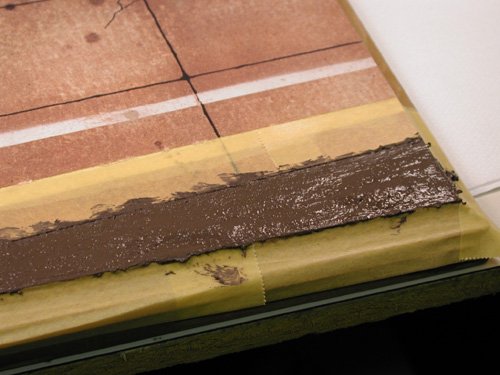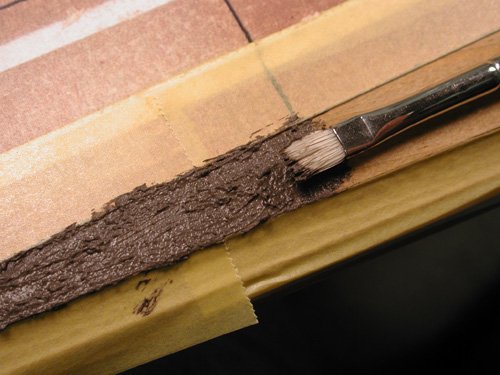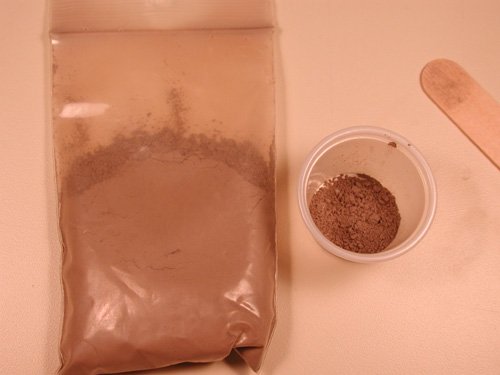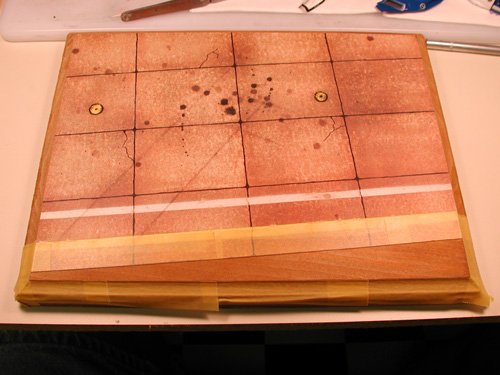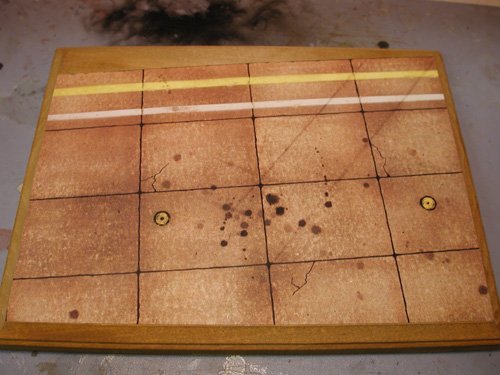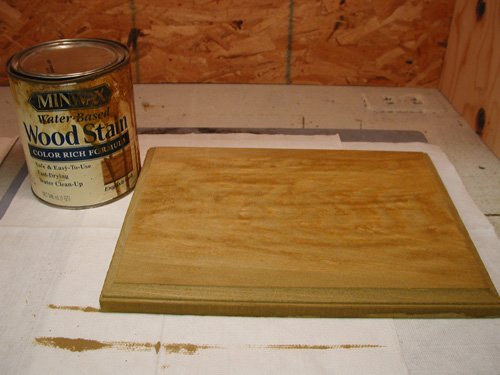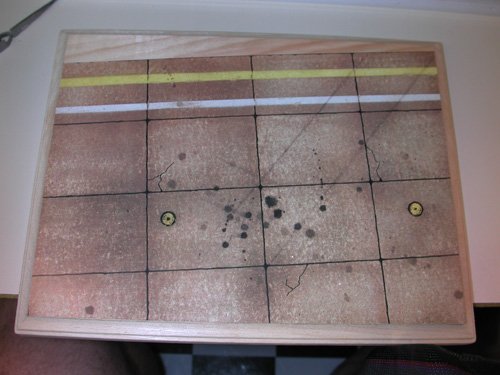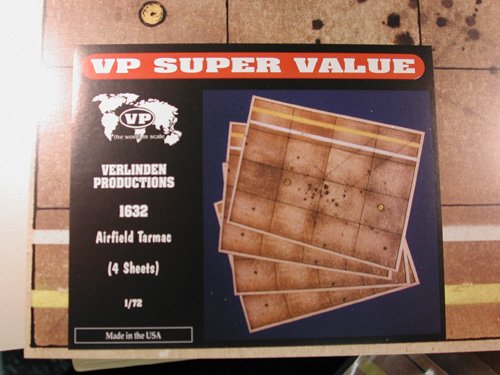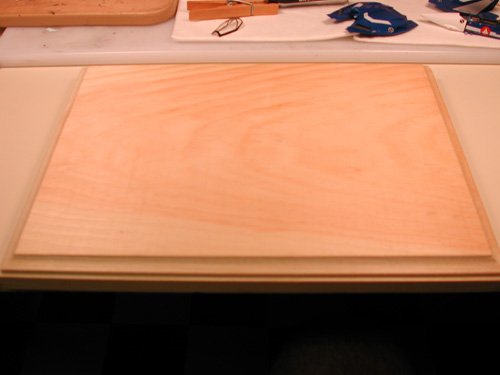

Kurt
Members-
Posts
735 -
Joined
-
Last visited
Content Type
Profiles
Forums
Events
Gallery
Everything posted by Kurt
-
I know this is not Macross and not a "how to", but someone mentioned Bandai models and I thought I would show you this.
-
What are some of the "how to's" do people want to see. Rather than building a model step by step and posting it here is there anything specific that people want to know. There have been such great information from members such as wm cheng and others, that if I were to post an entire build I would be repeating alot of what they have already explained. Let me hear your requests and I will post those when I get to that point on whatever I am building. And does it really have to be Macross if I am just describing a technique? Let us know.
-
I also aways use Micro Sol. I use Micro Set when placing the decal and brush Micro Sol on after the Micro Set has some time to dry. I have found that if you don't wait, the decal will soften too much and may possibly have a tendency to curl. After the first coat of Micro Sol is dry go back and use a sharp hobby knife and prick holes in any part of the decal that did not conform to the detail of the model. Re-apply Miro Sol as many times as necessary. You may have a bit of the paint under the decal show through where you cut the holes. Just touch up with matching paint.
-
Grayson72 - Thank you for your comment on the sale of the model. I was a bit dissappointed in how much it went for, but that is the chance I take. I really do it mostly to get people interested in my work. And that could generate business away from Ebay. So I go into these auctions with little hope of actually making a profit. I hope to post more "how to" information here in the future. The only downside to that is I don't just focus on Macross subjects, and I am sure readers here just want Macross.
-
To answer a coupl of questions. wm cheng - I have not done in flight stands... yet. I have a few ideas but have not had the opportunity. Grayson72 - I am lucky to have some local hobby shops that stock Verlinden products. There are also a number of on-line hobby shops that sell it. Great Models I believe is one.
-
That's pretty much it. I am sure there are questions about things that I didn't cover real well. Let me know what they are and I will try to answer them. It may look more difficult then it really is. After a couple, there isn't much to it. And you can always add as much detail as you feel comfortable with. Thank you for your time.
-
-
-
As a last step I like to add some weeds between the cracks in the tarmac. Use a sharp hobby knife and cut out small holes in the black sealer
-
-
I also use a product from Hudson and Allen Studio called Pine Boughs. These are intended to represent pine branches in larger scales, but if you pull off the tips, they make excellent weeds. Browse your local hobby shop or craft store for many products that are great for grass, weeds or small trees. Just remember to be random and use a variety of material.
-
At this point you could stop if you want the nicely manicured lawn look. However it is much more interesting to add some long grass and weeds. And for this, as I mentioned earlier, I use a wide variety of materials. These materials are available at hobby shops, craft stores and from mother nature herself. For longer grass you can use the long grass that Woodland Scenics sells. Just cut to length and secure with white glue. For a much finer, realistic look I use real squirrel fur. The real deal. This can be bought in any sporting goods store that caters to fly fishing and comes in variety of colors. As packaged it is actually a piece of dryed skin with the fur still attached. Cut to desired length and then use pliers or tweezers to pull a clump from the skin and secure with white glue. Deer and oppossum fur is also useful.
-
Now it's time to drybrush both the soil and the grass. Use a light tan of buff on the soil and green shades on the grass. Unless you want dead grass, you can leave it as is. Green up the grass to your liking. For a very last drybrush step on the grass you can use a very light application of white of yellow. You can also use pastel chalk on the soil. I did that to this base. Use a light brown chalk. At this point you can give the area a spray with a matte finish. The white glue always tends to be a bit glossy and if you used chalk you want to secure it. I airbrushed on some Polyscale flat finish.
-
Now the most important step when using static grass - lightly blow across the grass to remove any that is not stuck in the glue. You will notice a lot of it tend to stand up, this is exactly what you want. If you are careful you can recycle the material that you are blowing off. Let this dry completely.
-
Now it's time for some vegitation! I use a wide variety of materials for this step. First choose what season and region you are doing. Summer? Winter? Desert? It makes a difference in what you use. Start with some static grass. I like to use brown or light green for summer. Later I will drybrush on green to give it a summer growth look. Randomly spread some white glue over the soil where you want the grass. Remember to be random, unless you want to clearly show a road or foot path. Don't cover all of the dirt. Allow some to show through. Once you have the glue down, cover it with the static grass. Don't be shy about how much you put down, pile it on and give it a bit of a push into the glue.
-
After the dirt is dry you have noticed that the color has lightened and looks to uniform for soil. You now want to add some color variation by applying some washes. This really depends on personal taste and region you are trying to depict. I add a light wash of raw umber and payne's gray oil paint. You could also use burnt sienna for a more red looking soil. Let this dry and reapply if you want more contrast.
-
You have plenty of time, go slow and make sure you cover everything. You don't want it to be perfectly level, so add a bit of elevation here and there. After you are satisfied with the coverage, wet your brush in some water and slowly smooth out the surface, The amount of smoothing really depends on the scale you are modeling, The smaller the scale, the smoother the surface. Give it more of a texture with your brush if you are doing a larger scale.
-
Add small amount, about a table spoon for an area this size to a small mixing container. Slowly add water and stir until you get a good workable paste. There is no formula for this mix, you will get a feel for what works. You want something that will spread nice and even without clumping and without being to watery.
-
I use a product made by Hudson and Allen Studio for the "dirt" layer. They sell a few different shades of this dirt, choose one to your liking.
-
After the tarmac is fully secured and dry, the fun part begins! Use a low-tack masking tape, such as Tamiya, and mask off the area where you want to add scenery.
-
Once both the base and tarmac is dry it is time to secure the two together. Use a spray adhesive such as Elmer's Extra Strength. DO NOT USE WHITE GLUE! The tarmac is printed cardboard material and will soak up the moisture from the white glue and cause bubbles on the finished side. Use spray and cover the whole backside and place carefully into position. Use your finger or a small roller to work out any bubbles. Let dry for at least 1-2 hours before next step.
-
Use your favorite wood stain and stain the base. Let this dry completely. While you are waiting for the base to dry, spray the tarmac piece with a matte finish. I use Citadel Color Matte Varnish for this step. However Testers Dullcote will work or Polyscale if you want to airbrush it. Let dry fully before next step.
-
-
The tarmac is made by Verlinden Productions, airfield tarmac #1632. They come in 1/72 and 1/48 scale. Position the tarmac on the base to your taste. It is better to not place it at a right angle to the base. Turn it on an angle, it will be more interesting to the viewer. Trim tarmac to fit along edges of base.
-
Ok, there are a few of you interested in this subject. I will try to go into detail, but not make it boring. I am sure I will leave out something, so please don't hesitate to ask questions. This particular base is 9"x12". I purchase these at a local Michaels craft store. They come in a variety of different sizes and shapes. Just be sure to pick through them and find the ones that are the most level.
